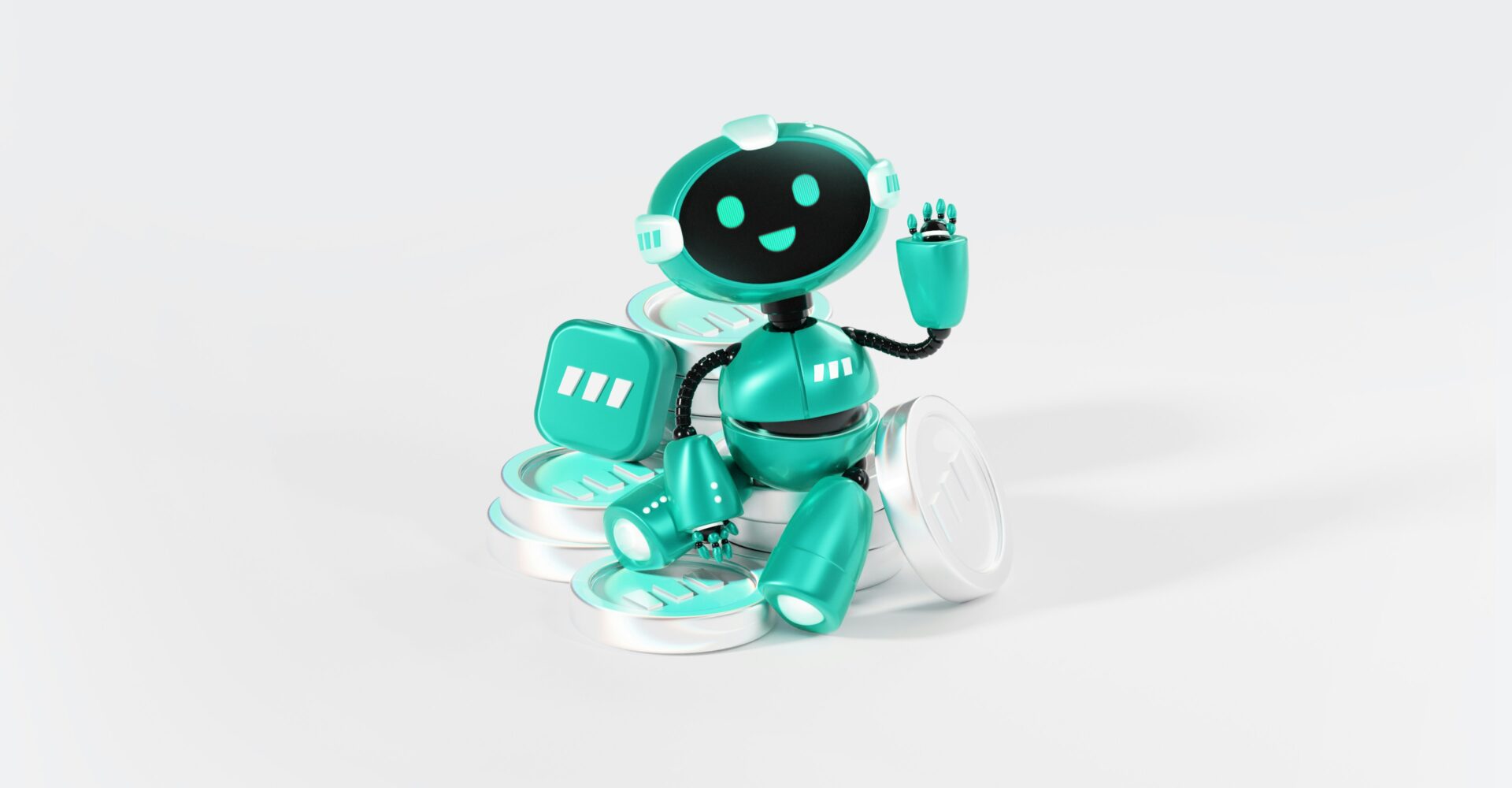Hybrid Bots and Automation in Customer Support and Sales: Revolutionizing Business Interactions
In the digital age, businesses face mounting pressure to deliver instant, personalized support while managing operational costs.
Hybrid bots—a fusion of artificial intelligence (AI) and human oversight—emerge as a transformative solution,
bridging the gap between automation and human touch. These systems combine rule-based efficiency with machine learning adaptability,
enabling 24/7 customer engagement, intelligent lead qualification, and seamless escalation to human agents.
By 2025, companies leveraging hybrid chatbots report triple the sales conversions compared to traditional methods,
alongside 30% reductions in customer service costs. This article explores how hybrid bots redefine customer support
and sales, offering actionable insights for businesses aiming to enhance efficiency without sacrificing empathy.
The Evolution of Customer Support and Sales Automation
From Scripted Responses to Context-Aware Intelligence
Early chatbots operated on rigid decision trees, limited to predefined responses. While effective for basic queries, their inability
to handle nuanced language or complex scenarios frustrated users. The advent of natural language processing (NLP) and machine
learning enabled AI chatbots to interpret intent, but purely AI-driven models often struggled with industry-specific jargon or
ambiguous requests.
Hybrid bots resolve this by integrating rule-based precision for common inquiries and AI-driven adaptability for unpredictable
scenarios. For instance, a hybrid bot can confirm store hours using predefined rules while employing NLP to troubleshoot a technical
issue, escalating only when detected frustration or complexity exceeds its threshold.
The Rise of Omnichannel Engagement
Modern customers interact with brands across websites, social media, and messaging apps. Hybrid bots unify these touchpoints,
maintaining conversation history and context during handoffs to human agents.
A study by Zendesk reveals that businesses using omnichannel chatbots see 67% higher sales conversions, with
26% of transactions initiated via automated interactions. This seamless integration ensures consistency, whether
a customer transitions from a Facebook Messenger bot to a live agent or resumes a conversation days later via email.
How Hybrid Bots Enhance Customer Support
24/7 Availability and Instant Resolution
Hybrid bots eliminate downtime, addressing queries outside business hours. A retail brand implementing a hybrid system reported
resolving 40% of after-hours inquiries without human intervention, reducing ticket volume by 22%.
For routine tasks like tracking orders or resetting passwords, bots deliver instant solutions, while machine learning algorithms
continuously refine responses based on user feedback.
Intelligent Escalation and Emotional Intelligence
Advanced sentiment analysis allows hybrid bots to detect frustration or confusion through word choice, typing speed, or emojis.
When a customer writes, “This is the third time I’ve asked about my refund!”, the bot recognizes escalating irritation
and routes the chat to a human agent alongside context notes.
This proactive handoff prevents dissatisfaction, with companies noting 30% improvements in customer satisfaction scores
post-implementation.
Cost Efficiency and Resource Optimization
By automating repetitive tasks, hybrid bots reduce reliance on large support teams. A telecom company cut operational costs by
35% using a hybrid system that handled 60% of tier-1 inquiries, allowing agents to focus on
technical escalations.
Additionally, bots pre-qualify issues, providing agents with summarized histories and suggested solutions, which slashes average
handling times by 50%.
Transforming Sales Through Hybrid Automation
Lead Qualification and Personalized Outreach
Hybrid bots excel at capturing and nurturing leads. By engaging website visitors with dynamic questions like,
“Are you looking for a solution to [specific pain point]?”, they identify high-intent prospects.
Data shows 28% of visitors interacting with chatbots convert into leads, compared to
12% through static forms. Machine learning further tailors recommendations; a SaaS company
using hybrid bots achieved a 20% uplift in cross-sell revenue by analyzing user behavior to
suggest relevant add-ons.
Real-Time Assistance and Cart Recovery
E-commerce bots intervene when users linger on pricing pages or abandon carts. One retailer deployed a
hybrid bot offering instant discounts via proactive messages like,
“Not ready to check out? Here’s 10% off for the next hour!”
This tactic recovered 15% of abandoned carts, contributing to
$2M in annual regained revenue.
Seamless CRM Integration
Hybrid bots sync with CRM platforms, enriching lead profiles with interaction histories. Sales teams receive
alerts when high-value leads re-engage, alongside transcripts highlighting key concerns. A B2B firm reported
40% shorter sales cycles after integrating their bot with Salesforce, as reps could reference
prior chats to personalize follow-ups.
Challenges and Best Practices in Hybrid Bot Implementation
Balancing Automation and Human Touch
Over-reliance on automation risks alienating customers. A hybrid system must recognize when human
intervention is crucial—such as empathetic support during complaints or complex technical troubleshooting.
Training bots to acknowledge limitations (“I’ll connect you to Maria, who specializes in this”) builds
trust, with 78% of customers expressing higher satisfaction when bots transparently escalate issues.
Ensuring Data Security and Compliance
Bots handling sensitive data (e.g., payment details) require robust encryption and compliance with regulations
like GDPR. Regular audits and access controls prevent breaches, while clear privacy policies inform users how
their data is used.
Continuous Learning and Adaptation
Hybrid bots thrive on feedback loops. Analyzing resolved tickets and agent notes helps refine AI models. For
example, if multiple users ask, “How do I enable two-factor authentication?” but the bot’s current
response is unclear, the system can auto-suggest revised answers to administrators.
The Future of Hybrid Bots: Predictive and Proactive Engagement
- Predictive Support: Bots analyzing usage patterns to anticipate issues. A streaming service’s
bot might notify users, “Your favorite show drops Friday! Want a reminder?” increasing engagement by
25%. - Voice-Activated Bots: Integrating with smart speakers for hands-free support. A home appliance
brand’s voice bot troubleshoots issues via Alexa, reducing service calls by 18%. - Augmented Reality (AR) Integration: Bots guiding users through AR overlays for product
assembly or maintenance, cutting onsite visits by 40%.
Conclusion: Embracing the Hybrid Advantage
Hybrid bots represent the pinnacle of customer-centric automation, blending AI efficiency with human empathy.
Businesses adopting this model report 67% higher sales conversions,
30% cost reductions, and 40% improvements in agent productivity.
To stay competitive, companies must prioritize seamless bot-human handoffs, continuous learning,
and omnichannel integration. As AI evolves, hybrid systems will become indispensable for delivering the
speed, personalization, and emotional intelligence that modern consumers demand.
By strategically implementing hybrid bots, organizations unlock 24/7 scalability without
sacrificing the human connections that build lasting loyalty. The future belongs to those who automate
intelligently—knowing when to deploy algorithms and when to let humanity shine.




